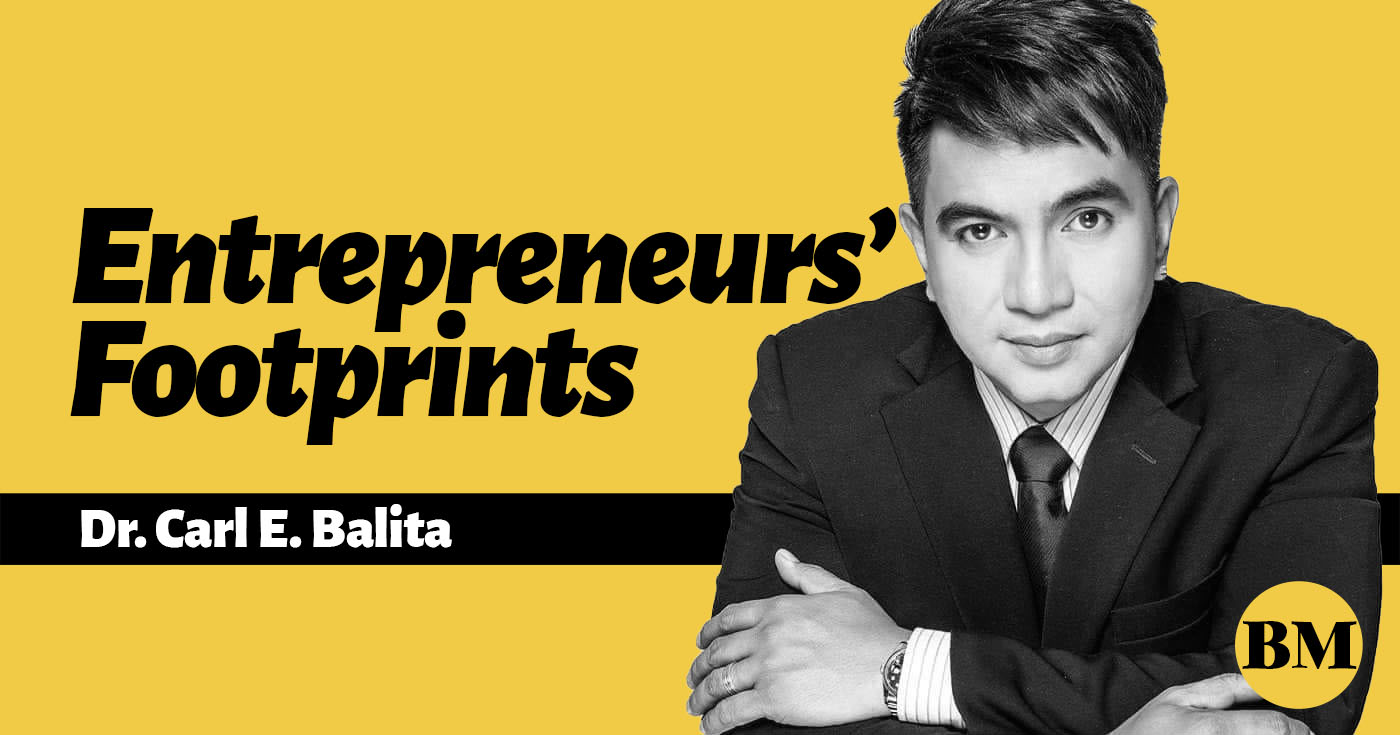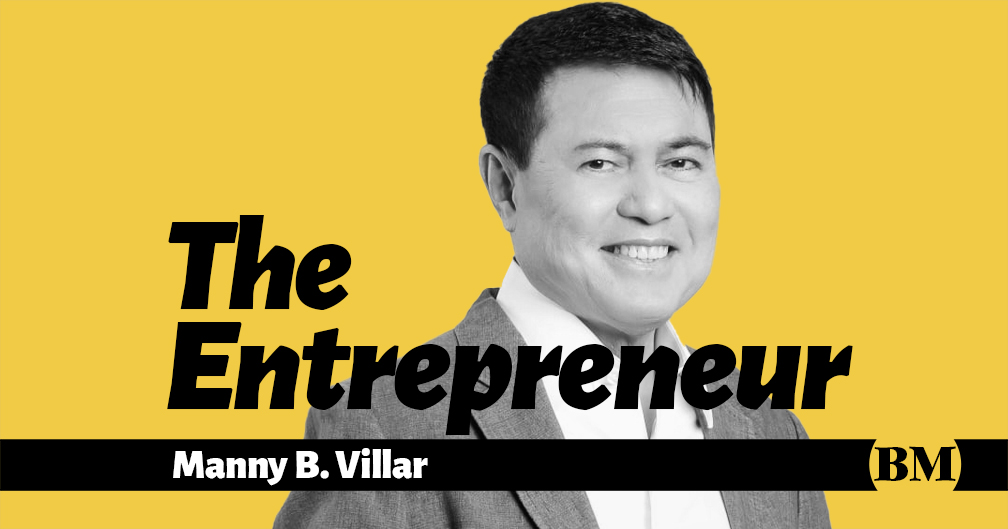Life is not all about Covid-19. We are done hiding with fear of the novel microscopic enemy that modern science had enough time to now understand and we brace to confront it—and its variants—fearlessly.
Courage is not the absence of fear. It is the mastery of fear. The year 2020 has forced us into virtuous courage with survival as a short-term objective and growth as a mid- to long-term goal.
Just like a prey rolling with every punch of the invisible predator and who is pushed against the wall to fight or flight, entrepreneurs are seeing 2021 as an opportunity to survive and, with a dose of new year optimism, to bounce back. Entrepreneurs would rather aim to fight for success and miss it, than to aim to fail or quit and achieve it.
The following are the bases of these forecasts. These 12 observations may also help entrepreneurs in reflecting for innovation of products and services and in pivoting business models and enterprises to adapt and create a better normal.
1) The realization of humanity to co-exist with the coronavirus and its mutated variants and the other health concerns that pre-existed prior to the pandemic which were neglected as if Covid is the only illness;
2) The availability and effectiveness of the vaccine and willingness of the Filipino to voluntarily avail of it;
3) Government policies and regulations that would enable or restrict business that could empower or discourage entrepreneurs, respectively;
4) Continued physical distancing and health protocols enforced by government and self-imposed by people on themselves and others in a paranoid economy;
5) The changed lifestyle and living style as well as preferences that we as consumers learned from the almost yearlong quarantine;
6) The meaningful reflections and the values of the younger Gen-Z and the millennial generations whose patronage is biased for the purpose-driven enterprises and whose familiarity with technology makes digital transactions a fulfilling lifestyle;
7) The older generation of Baby Boomers and Gen X who migrated into digital transactions and who are getting more addicted to the convenience they bring;
8) The new roles of homes in the way we work, do business, socialize and learn;
9) The transforming hyper-proactive e-commerce which is driven by the solution it wants to offer the very receptive markets in the digital world;
10) The buying capacity of the markets as well as their willingness to spend, given the traumatic lessons of the financial crises and the impact of current and sustaining recession;
11) The returning overseas Filipinos, the retired and early-retired employees and the optimists who may still have the financial resources to invest their money in business, realizing that there are emerging needs and pain-points across almost all sectors; and
12) The election fever which is already felt and which will pour in money to the suppliers of their campaign requirements and to the electorate they are poised to bribe.
Given these, here are some of the expected trends in innovating products and services of businesses and in business models and pivots of enterprises. The aspiring entrepreneurs may also pick up some ideas and take the entrepreneurial plunge. Many of these already exist but may be exploited further.
1) Agricultural produce will be delivered direct from sources to family home kitchen, as farmers learn and get more support from concerned social entrepreneurs to digitalize. Food producing habits will shift the plantitos and plantitas to take more pride posting on social media fresh harvests from their pots and backyard gardens, rather than ornamentals.
2) Natural and healthy food alternatives, preferably organic, which will be priced cheaper because of higher demands and more direct supply, and because of the competition and the social-media informed market. Vegetables and seafoods will be preferred over meat if prices are comparable. The reduction of middle traders in between producers and consumers will lead to more reasonable price.
3) Homemaking and house maintenance products and services with a productive do-it-yourself alternative will be offered by entrepreneurial architects, engineers, interior decorators and technicians as solutions to families living, working and studying in the same home space. On-call gardeners, janitors, cleaners and pet groomers from trustworthy neighborhood providers will be legitimized and patronized.
4) There will be a rise in affordable but legitimate franchising that gives investors more confidence in taking the venture amid the crisis. It is the Golden Age of Franchising, as envisioned by its father, Dr. Samie Lim. Franchising will reinvent itself to adapt to the crisis as it remains the most reliable business success model.
5) The professionals will be more entrepreneurial in offering their services in a more mobile manner. Doctors, dentists and veterinarians may go back to the old practice of home visits, but this time, supplemented by telemedicine. Nurses and midwives may have to revert to attending to home birth as families find it safer and surely, cheaper. Psychologists and counsellors as well as optometrists may need to hit the road to attend to clients in their living room, or even provide “drive-thru” service. These are all subject to ethical issues that may be raised by their respective regulators. Many elements of healthcare may just be efficiently delivered in a mobile mode like laboratory, sight refraction and eye wear selection, wound care and post-surgery follow-up, physical therapy and other rehabilitative services, and more.
6) Personal services may go in the comfort of homes like how massage and nail care had been done even before the pandemic. This may expand to include haircut and treatments, facial treatments, and others. While these personal services are pampering treats achieved in salons and barbershops, the offer of the same in the comfort of a more controlled settings of homes, or even garage or backyard, may re-orient market preference towards them. The personal care enterprises need to prove safety of clients, otherwise the home service, being in a more controlled environment, will be more preferred.
7) Personal Tutorial offered both virtually and physically or its combination will become a solution to the perceived academic learning gaps in schools’ blended learning modalities. Entrepreneurial educators who may not need any physical center or infrastructure to engage in them may undertake these. Other lifelong learning areas will emerge in the online learning of language, culinary skills, continuing professional development (CPD) requirements for professionals, skills certifications or simple life skills.
8) Sales of mobility vehicles and maintenance service repairs will grow. From cars to motorcycles used in logistics business to bicycles used for mobility and healthy lifestyle, the need for maintenance repairs and parts will peak as the wear and tear is expected after months of use and abuse. Skilled community repairmen will benefit from this if they will guarantee reliable services.
9) Bazaar organizers, small supermarkets and market cooperatives will collaborate with homeowners for a more controlled mobile selling within a small trading community. Once these transient transactions prove sustainable, the high-street active hyper-local community-clustered enterprises will be institutionalized and will emerge as the new community commercial centers.
10) Brands will invest more on logistical vehicle (than rental and interiors) and on hiring more motorcycle riders (than waiters for restaurants and salesladies for retail stores) so that deliveries may be given for free. The market is beginning to realize that the cost of goods suffers from the cost of delivery, which, unfairly, is borne by the customers. In crisis, the proposition of anything free becomes attractive.
11) Social entrepreneurship is the new success secret. Without a good story to tell and without social purpose being authentically great, only price matters. The millennials and the GenZ-ers are attracted to support neither the logos in the brand nor the impressive endorsements by celebrities of what they buy but by the purpose for which the brand and the enterprise exist. Social purpose, like advocacy for people and planet over profit, attracts their patronage and they are very diligent in confirming its authenticity.
12) Value for money and experience are the new formula for marketing. The example is the refilling stations for recurring needs like shampoo, alcohol, soaps, cleansing liquid will be on the rise not only for its lower price but also for its environmental value proposition. Water refilling stations, however, are challenged by more advanced and reliable water filtration and disinfecting systems. Tourism had suffered but may bounce from the public’s hunger for some staycation experience in a place that is less crowded, accessible without much inconvenience of costly tests, but is assuring of safety.
Entrepreneurs do not deserve the title unless they are willing to take the risks and to fail. They leave footprints in the past, showing they failed, but such failures made them stronger and more resilient. These entrepreneurs will continue to leave footprints on less traveled roads.
For feedback, please send e-mail to drcarlbalita @yahoo.com.






























